I never see open collector opamps while I frequently see open collector comparators. What is reason for preferring open collector output in comparators?

(Inside of LM193.)
I never see open collector opamps while I frequently see open collector comparators. What is reason for preferring open collector output in comparators?

(Inside of LM193.)
The main reason for using open-collector is so that several comparators can have their output connected together in a wired OR gate. All the open collectors can be tied together to a single resistor without any conflicts between comparators. This would not have been easy to do when your comparator has also the capability to source current at its output.
This wired OR gate is useful for detecting ranges of voltage, for example, when you want your output to be low when the signal is below a value or above another value.
I always thought of comparators as the simplest A-D converter. You may want a different supply voltage on the analog side (maybe +/-15V or something) and the output going to a different digital voltage. (+5 V perhaps.) The open collector lets you easily adjust the output voltage reference.
An opamp is driving an analogue voltage. To be useful, it needs to control the voltage swing completely.
A comparator is a binary switch. Its output is effectively in only two states. It can work correctly with an external resistor. It doesn't need to drive the signal high when used with an external pull-up resistor.
An NPN transistor can pull down when it is on, so it could pull down on a voltage divider, making the device much more flexible than if it set the output swing internally.
The difference is that the comparator output is a logic output that can only be on or off, and the opamp output is analog.
An open collector output is simple and flexible but relatively slow compared to other logic outputs. Since most comparators are slow, it is OK to use open collector outputs for them.
Fast comparators may have other types of outputs. For example, the extremely fast ADCMP580 has ECL outputs. Some people use it to generate fast edges.